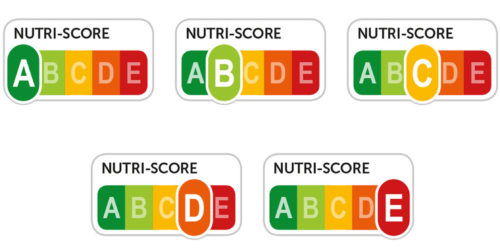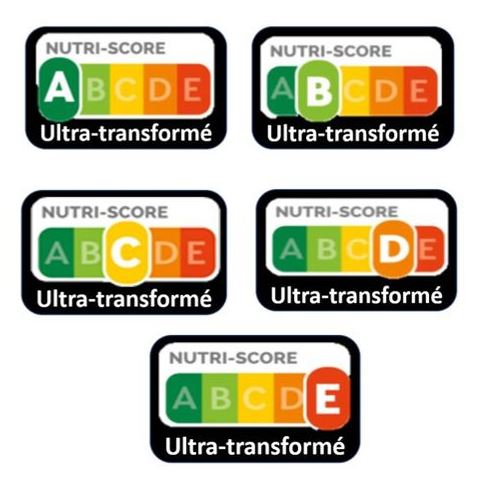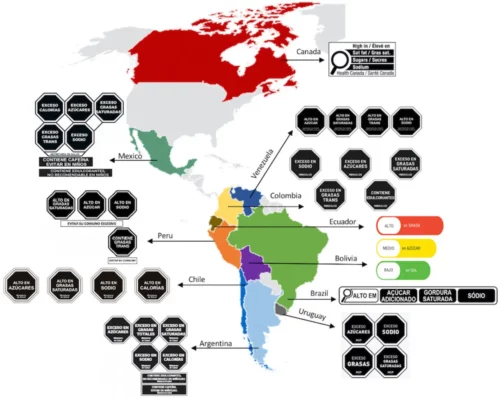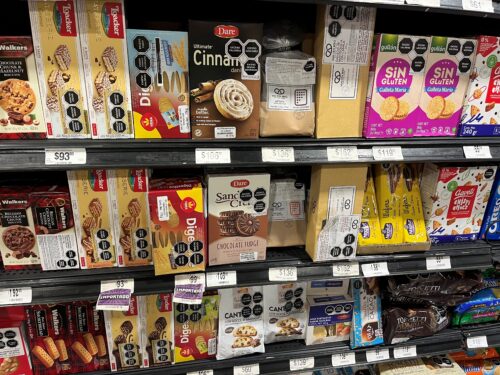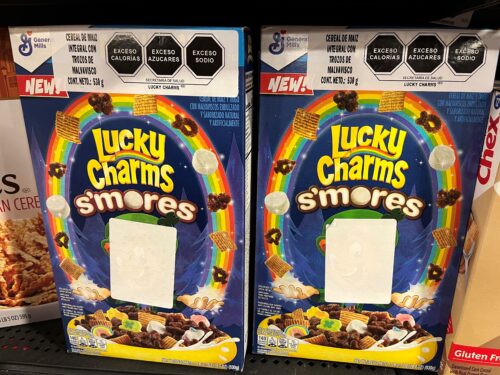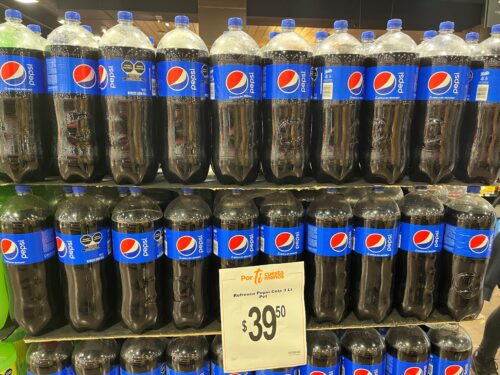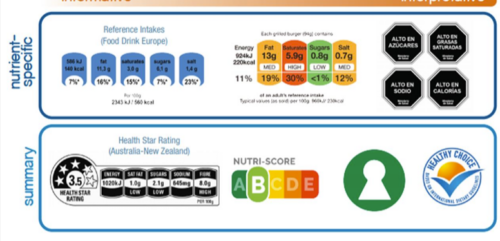Food industry does survey to defend Facts Up Front labels
The Consumer Brands Association (formerly the Grocery Manufacturers Association) did a survey to prove that its icons on the front of cereal boxes and some other products are trusted by consumers: Facts up Front label earns high marks for trust in new survey
Why wouldn’t they be trusted? They merely repeat what’s on the Nutrition Facts label.
But here’ what they say:
A new study released by the Consumer Brands Association (CBA) finds overwhelming consumer recognition and trust in the Facts up Front (FUF) label, reinforcing the role of front-of-pack nutrition labeling in helping Americans make informed food and beverage choices.
The nationally representative survey, conducted in May 2025 by independent research firm Savanta, shows that 90% of U.S. adults recognize the FUF label, with nearly 8 in 10 (79%) checking it before purchasing new products. Additionally, 75% of adults reported trusting the nutrition information it provides.
I find this really hard to believe. I don’t think anyone pays any attention to these things.
Here’s what they are talking about.
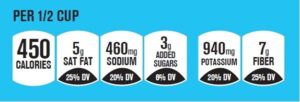
I see them on cereal boxes, but not much else.
For the first four items, they say exactly what the Nutrition Facts label says. They are also allowed to include “two nutrients to encourage.” These can include dietary fiber, protein, vitamin D, calcium, iron, potassium, vitamin A and vitamin C.
Why would the Consumer Brands Association do this survey?
I’m guessing because the Association, which represents makers of ultra-processed foods, greatly prefers Facts Up Front to the FDA’s proposed “Healthy” label or its proposed front-of-package label or—heaven forbid—the kinds of warning labels that appear on packages in several Latin American countries.
Warning labels
- Can be understood by children
- Can be understood by people who can’t read
- Demontrably reduce purchases of labeled foods
None of these is true of Facts Up Front.
Hence the survey.



